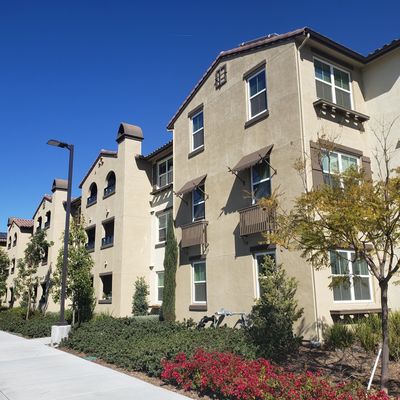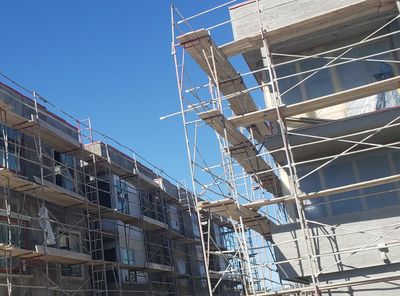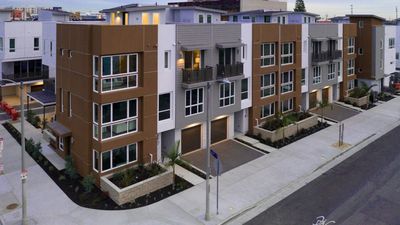Subdivision Surveys
What You Need to Know About Subdivision Surveys
What is a Subdivision Survey?
A subdivision survey is used when dividing a parcel of land into multiple smaller lots. This is a survey primarily focused on the the exterior boundary lines of the land plot intended to be divided. After the subdivision survey, typically a topographic survey is completed. This is followed by the design of the subdivision, and the laying out of the interior area of the tract of land. From the subdivision survey you will see the precise division of the property into the individual lots.
When the land is subdivided it is still required that the new individual lots meet local zoning and setback codes. The new lots will also need to comply with minimum requirements for road frontage,both need to meet the minimum requirements for road frontage and area, measured by square footage.
The Difference Between a Platt and a Survey
The subdivision survey is also called a subdivision "platting.” The distinction between a “plat "and a “survey” is as follows. The survey will illustrate the permanent improvements or dwellings, like sheds, driveways, fences, pools, driveways, etc that exist on the property. The plat is an area of land covering multiple parcels of land. A plat is typically commissioned by a municipality for use in public records. Most of the time a survey is ordered by a homeowner or land owner.
Distinguishing Between Neighborhoods, and Subdivisions
There are a number of differences between a neighborhood and a subdivision. Neighborhoods are zoned to indicate the types of properties that may exist there or that the municipality wants to exist there. The are usually labeled either residential, commercial, industrial, or mixed use.
Subdivisions are more impacted by zoning ordinances than are neighborhoods. Zoning regulations restrict your development and use of land that is made into a subdivision. The regulations might allow only single-family homes, or dictate a minimum home size. If you owned or purchased a subdivision, you would required to follow the zoning laws that apply to your land.
Subdivisions are attractive to property management because they make decisions easy. All you have to do it to stay within the parameters of the existing regulation upon the subdivision.
However, when it comes to changing things, one needs a lot of money and time, not to mention patience in order to obtain exemptions to the zoning regulations covering the entire subdivision.
A municipality (county / city) planning department will help you find the zoning codes that are relevant to your project or plot of land. Checking the zoning
requirements are best done
before you
buy a property.
Zoning regulations will
affect issues
from utility installation, to noise levels, to traffic safety rules.



